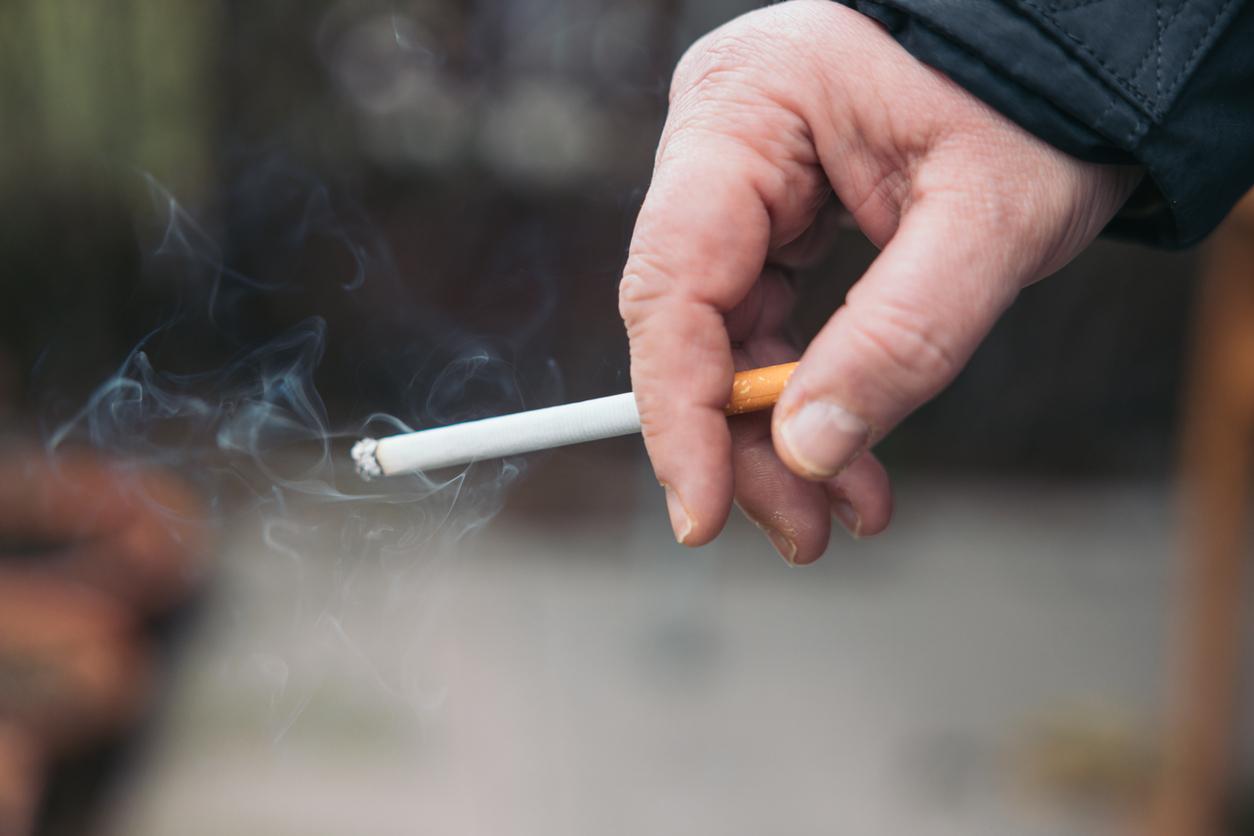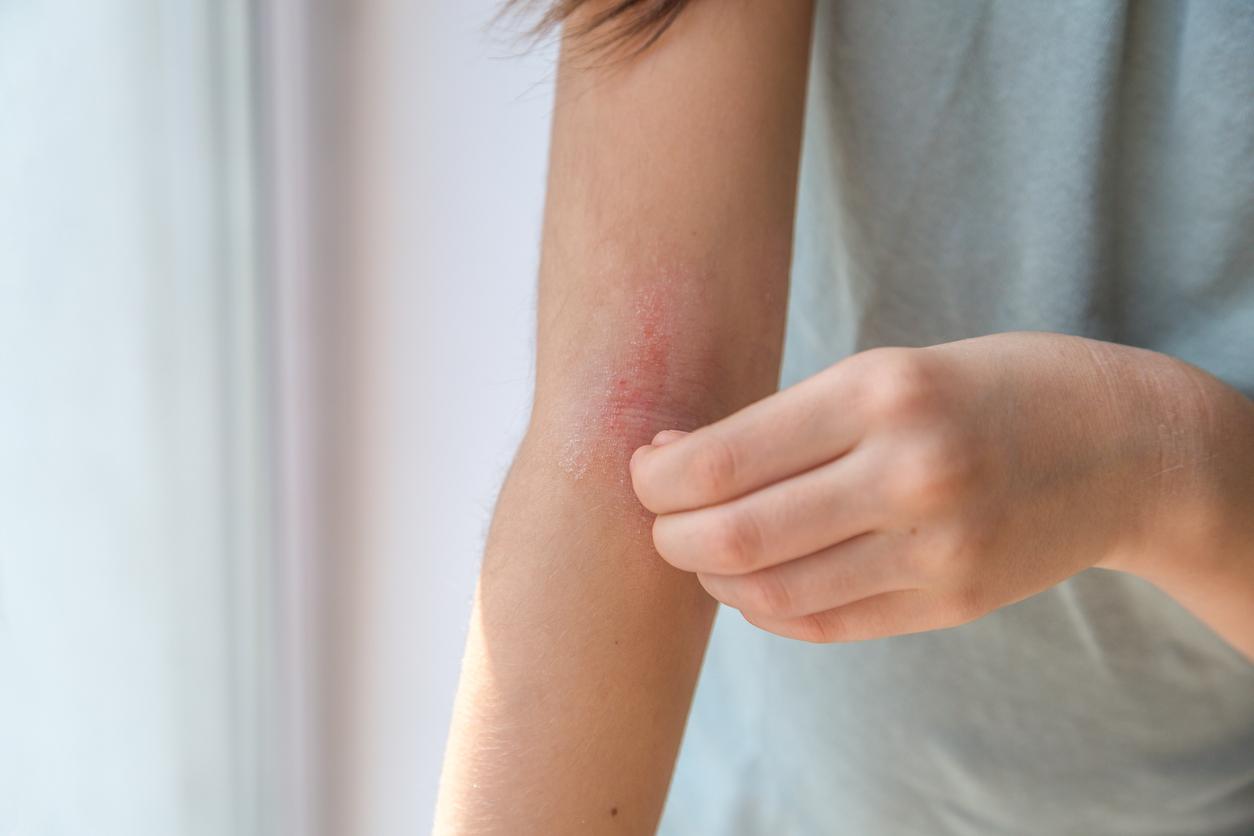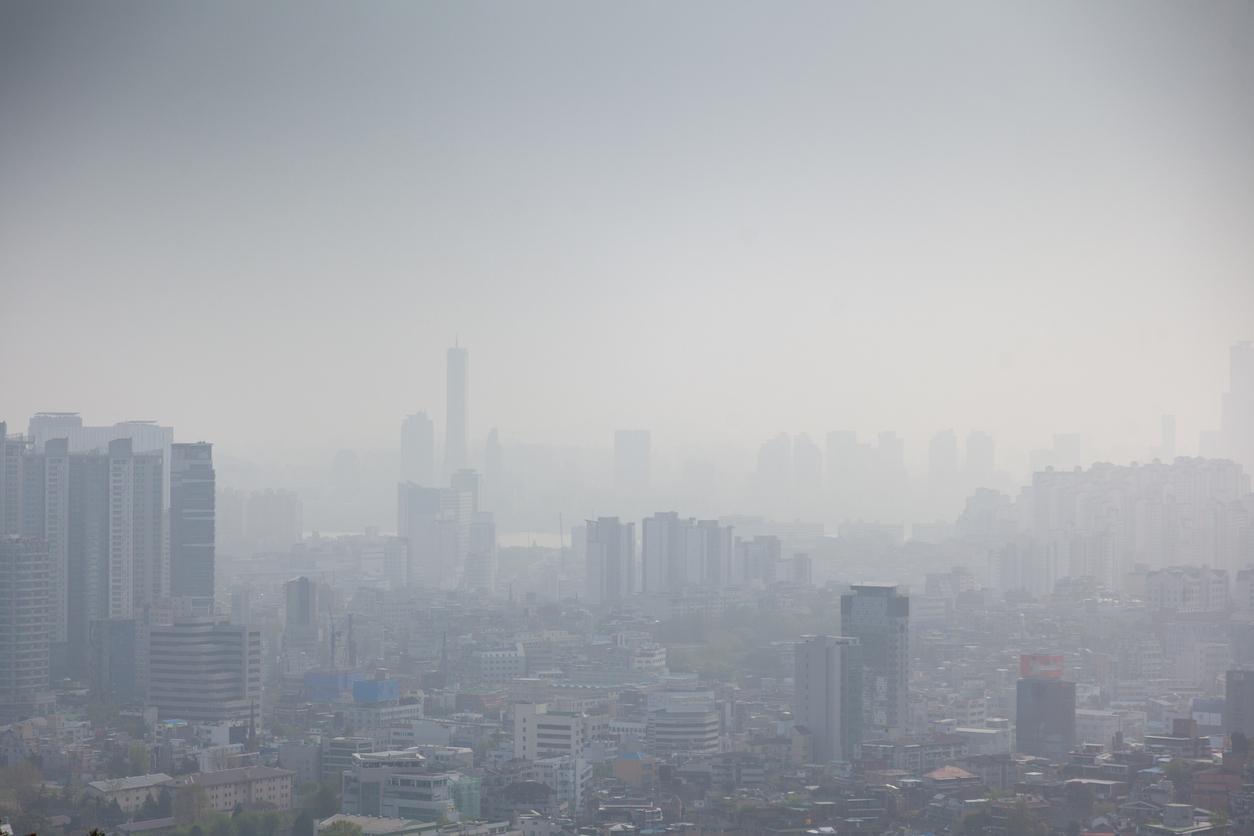In railway enclosures, the concentrations of particles in suspension in the air are higher than outside, according to a recent report by ANSES.

- The Ile-de-France rail network is the largest in France and one of the busiest in the world.
- The fine particles suspended in the air in the metro are PM10, comprising particles with a diameter of less than 10 microns, and PM2.5, which are less than 2.5 microns.
Paris, Marseilles, Lyon, Lille, Toulouse, Rennes and Rouen. In these seven French cities, the rate of fine particles present in the air of underground transport has been on average three times higher than in the urban outdoor air, and this since the beginning of the 2000s. the National Health Security Agency (ANSES) in a study published on June 8.
Pollution concentrated in “metallic elements and elemental and organic carbon”
According to the health authority, the composition of the air outside and in the metro is different. The air in railway enclosures has “a high content of metallic elements, including iron in particular, and also of elemental and organic carbon”. “This pollution is caused by the wear of materials due to the braking of the trains, by contact between the rolling stock and the railway or by the resuspension of dust due to the circulation of the trains”, can we read in the report.
The need to reduce particulate pollution in the metro
ANSES recalled that exposure to fine particles suspended in the air from underground transport could lead to cardiorespiratory effects (COPD, asthma, etc.). This pollution could also increase the risk of developing certain conditions, such as lung cancer for example.
Thus, the agency suggested renewing rolling stock, using braking systems that emit less particles and improving the ventilation of railway enclosures to reduce particulate pollution in the metro. It also proposed to introduce indicators to characterize the air quality in these environments. “The calculation of these indicators integrates exposure over a day in different environments (at home, at work and in transport) and the regulatory limit values or the guide values in daily concentrations not to be exceeded, which are defined for particles ambient air”explained Matteo Redaelli, Expertise Coordinator at ANSES.















